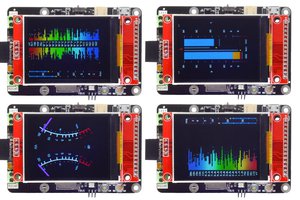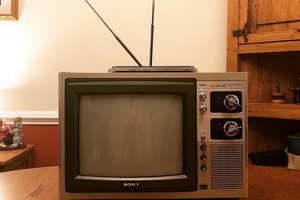tl;dr
Hardware
This being my first audio project and battery powered project, I was a bit in the blue about how to start. I started with knowing it will be battery powered, so it has to be power efficient. I had a single cell Li-Ion battery at hand so I started with that.
Power consideration
With battery in hand, I went on to pick the brains of the project. I needed something that supports WiFi and BT, ideally microcontroller to minimize power consumption and layers of software. ESP32 was a familiar platform and a quick internet search confirmed that such projects are indeed possible in software. Being a microcontroller, ESP32 consumes minimal power while fulfilling all of my requirements. Perfect!
An internal battery charger was the next on the list. It's not very portable if you need to take the thing apart whenever you want to charge the battery - and you can't play music while doing so. After a bit of search, I settled on a charger module based on TC4056 in form of a small board with a micro USB port conveniently mounted on. Looking pretty good, what next?
Power converters. ESP32 requires 3.3V to operate, and most probably will other components that I choose to add in. Given the battery-powered design, my first choice were SMPS (switch mode power supplies). However, I remember hearing some of my friends ranting about SMPS being awful and not easy to use in audio projects due to the noise they introduce and affect audio quality. Granted, this is not a high-quality audio system but I wasn't sure what to expect. I decided to roll with it anyway.I found some buck-boost converters capable of switching between the two modes depending on the supply input voltage. This will ensure stable 3.3V for electronics over time when the battery slowly discharges. These converters also feature an EN (enable) pin, so I can select a low-current power switch that does not need to be rated to the current used by the device.
Lastly, I also tossed in another converter, same as the 3.3V one, just configured to 5V in case the amplifier needs a bit more juice.
Audio hardware
I found a project on github outlining what I wanna do with ESP32 and saw that it recommends I2S for audio output of the microcontroller. ESP32 has built-in two-channel DAC but its quality is not recommended for audio applications as the resolution caps at 8bits (in comparison, the DAC later mentioned here is 24bit).
DAC
With the knowledge of protocol, I found UDA1334 which is used in some audio hats for raspberry pi. Later on, I also discovered another hackaday.io project (Professional Audio On An ESP32) which put my mind at ease regarding the choice of a DAC. The unit sold by adafruit comes with a headphone jack soldered on, convenient for both having it exposed in a final setup and debugging the connections later on :D It provides stereo audio decoding, even though this project uses only one channel, 24bit resolution and can be powered off the 3.3V power supply.
Speaker
Original speaker I started this project was something I had laying around from my grandma's radio ('70s) and was turned to be the root cause of very poor audio quality. It kept me busy for few weeks, making me change few audio amplifiers and just giving me a lot of headache before I admitted myself it must be it and go get a new speaker. But lesson learned :) Visatone FRS7 ended up in the final build.
Amplifier
Originally, I was naive enough to make an attempt at building a transistor amplifier myself. Discovering that what I'm looking for is a class AB amplifier, I found few designs with the components I had at hand:
https://www.onetransistor.eu/2018/01/audio-amplifier-common-transistors.html
http://electronics-diy.com/4x4.php
https://electronics.stackexchange.com/questions/67369/simple-amplifier-cuircuit
The speaker played music, but quality was awful. After few weekends of going back and forth, I admitted my defeat and chose...
Read more » Vedran
Vedran


 Nick Sayer
Nick Sayer
 Michele Perla
Michele Perla
 andriy.malyshenko
andriy.malyshenko
 Greg Does Things
Greg Does Things
Hey! I have been trying for many days to do according to your instructions but constantly errors. It's about make. You can make such a project based on the new karadio and idf.py. I will be very grateful))